Test methodology
Lower price usually goes hand in hand with lower quality materials or overall poorer build quality. This also applies to the tested Evolveo M5. With this case, you will come across a few places where the manufacturer has clearly skimped, but as long as you define yourself as a lower-end user, you’ll most likely be fine. The main advantage here may be the attractive price that probably won’t break the bank for you.
Test methodology
In the case we have two fans with the Evolveo 12R1R Rainbow designation, which can please certain audiences with a light show. But we are mainly interested in how the original fan placement will cope with cooling the used components. Would it be better to take the bottom fan on the intake and put it in the top position? Won’t the plastic covering the top position of the intake reduce effectiveness? In testing we will look at this option as well.
Testing is done in a home environment where I strive for the most accurate results possible. In the room during testing, the air temperature in front of the case is 23 degrees Celsius and the minimum noise level I can measure with the Voltcraft SL-100 noise meter is 32.4 dBA. The sensor of the noise meter is aligned to the center of the top of the case at a distance of 10 cm, for the best measurement of the speed difference of the fans, which I change using the motherboard. For easy comparison to other cases, they are always regulated to fixed noise levels.
Individual components are heated for 10 minutes in FurMark synthetic stress tests and with Prime95 (custom settings) at the same time. This time is long enough to allow all components to warm up sufficiently. There are then 15-minute cooling breaks between tests, during which the component temperatures (and the case air temperature as well) are brought back to default.
Noise mode levels:
- 36 dBA
- 38 dBA
- 39 dBA
| Test setup | |
| Processor | AMD Ryzen 7 3700X |
| Motherboard | Asus ROG Strix X470-I Gaming |
| CPU cooler | Scythe Fuma rev. 2 (single fan) |
| Thermal compound | Noctua NT-H2 |
| Graphics card | Asus RTX 2060 Super Dual |
| RAM | Patriot, 2× 8GB, 3600 MHz/CL17 |
| SSD | Western Digital Blue 500GB (2280) |
| Power supply | Corsair RM750X |
- Contents
- Exterior
- Interior
- Test methodology
- CPU and GPU cooling tests
- Motherboard cooling tests
- SSD cooling tests
- Conclusion



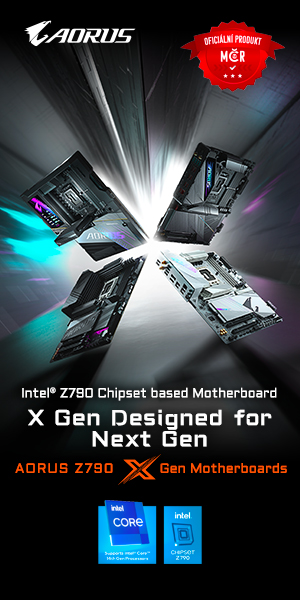

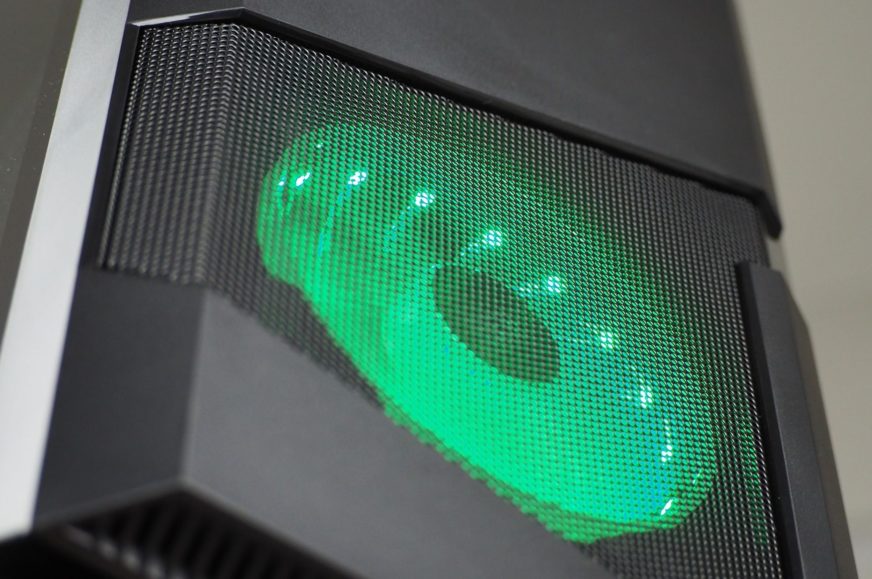
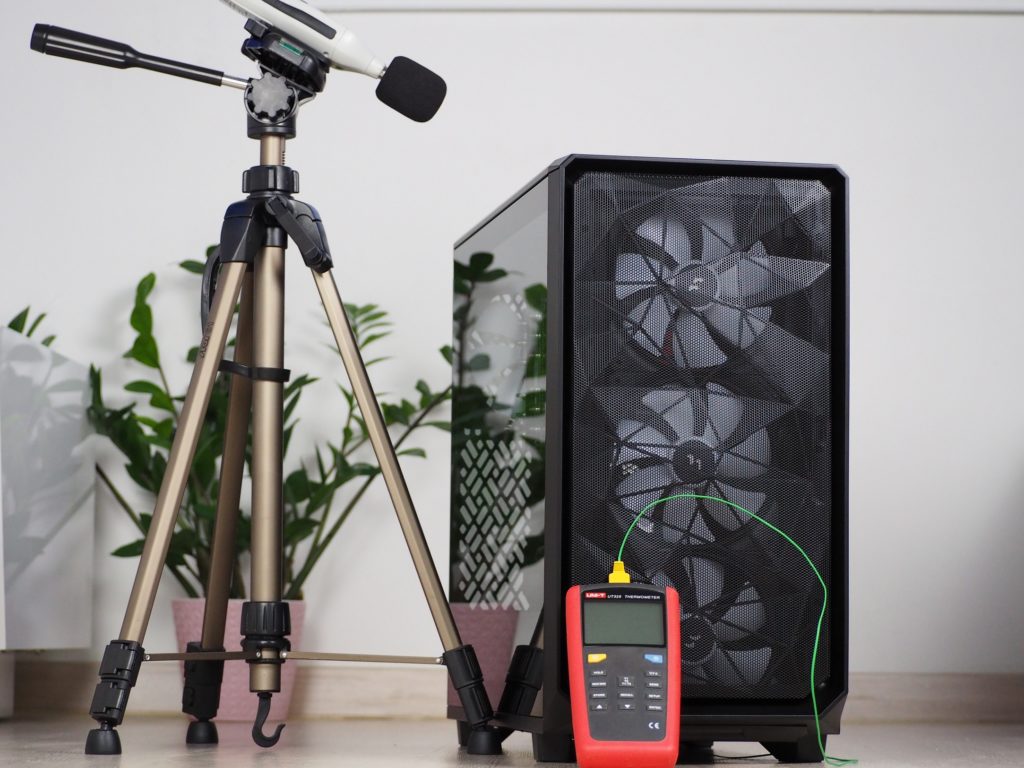
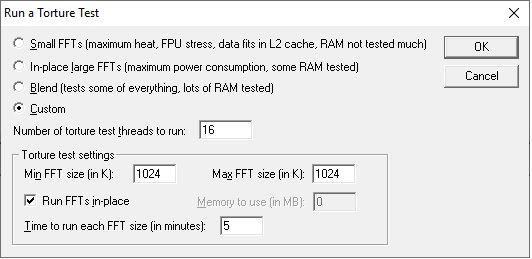

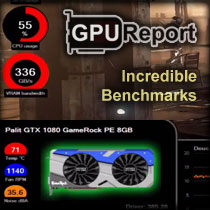
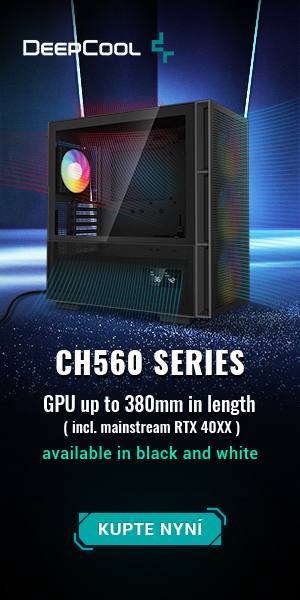
Hello, I just wanted to say how much I liked your pc cases reviews, noise normalized testing at few different levels, very important sheet metal thickness is something that no other reviewers or manufacturers tell and something that today can be disappointing even in pretty expensive cases. People need to know about actual mechanical properties of the cases as much as possible, because functionality is written in manuals and manufacturers websites, but they don’t tell you that your case panel will bend when you screw fan or radiator to it or that it falls apart when you try to take of something. Well that’s all I wanted to say, good luck. And start youtube, you can get big in it with good reviews.
Thank you for the compliments. We do not consider YouTube as a platform that is suitable for presenting our publications. We have a huge amount of data in most of our tests and it is based on the fact that everybody can choose what interests them (no need to wait for a lot of other things to pass that they don’t care about). Presenting it all in a video would be too boring for the typical viewer, and for the demanding user, who is primarily looking for hard data, it would be worse to navigate.
We like to write clearly structured xy-chapter articles, which contain, among other things, good details on testing methodologies. YT and videos in general are successful when the authors conceptualize it in the form of entertainment, often at the cost of embellishment or outright distortion of facts to create a desired wow effect. We will never do these things and instead focus on truly professional publications, and YT is not very good at that. See Aris’s PSU tests on Hardware Busters, which have pitifully few views. In short, not everything works in videos. In the same way, not everything works in text articles, the information value is much more important for their success.